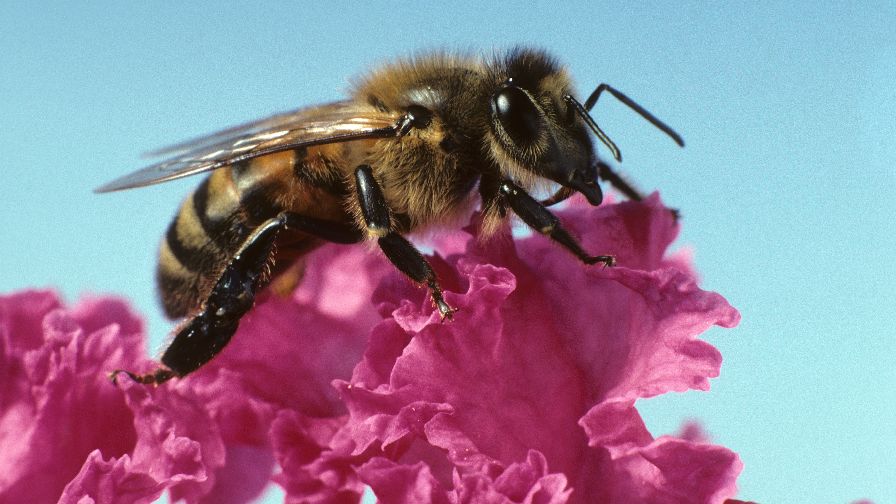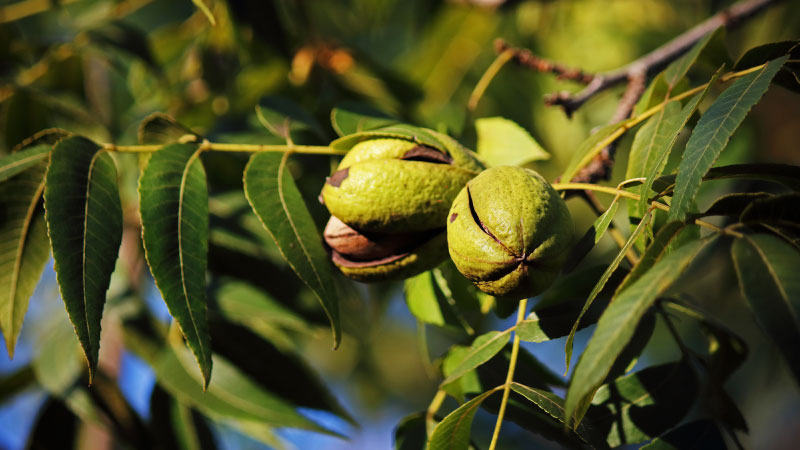Researchers May Have Unlocked Key to Honeybee Management

In general, honeybee health has been declining since the 1980s, with the introduction of new pathogens and pests. (Rob Flynn, USDA-ARS)
The makeup of microbial species — the microbiome — in a honeybee queen’s gut changes slowly as she ages, while a worker bee’s microbiome changes much more rapidly, according to a new study published by USDA-ARS scientists.
Learning the details of the honeybee gut microbiome is offering the potential for a whole new set of tools for managing honey bee colonies, explained ARS Microbial Ecologist Kirk E. Anderson at the Carl Hayden Bee Research Center in Tucson, AZ.
“We established the close connection of the makeup of the honeybee microbiome with the physiology of aging and stress. Our results provide a roadmap to improving colony health through improving queen rearing, nutrition, and other management practices,” he explained.
Honeybee queens, which lay all of the eggs in a hive, commonly last about three years in managed colonies before beekeepers replace them as reproduction slows. But in recent years, queens have been failing more quickly. This is a factor in higher colony losses reported during the past 12 years and has increased beekeepers’ costs and labor. Queens currently cost about $25 each.
The honeybee gut microbiome plays a significant role in metabolism, development and growth, and immune system function and protection against pathogens. Five to seven bacterial species groups usually make up the vast majority of a honeybee’s core microbiome from among a common list of 10-12 species groups. The exact mix depends on a honeybee’s age and function in the hive.









